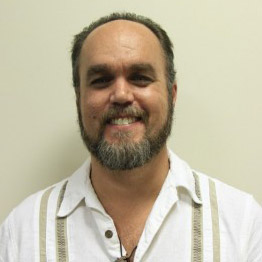 ATHENS, Ga. — A lot of my work at Georgia Conflict Center has lately been focused on restorative practices. In courthouses, schools, and at our office I have attended meetings, been on conference calls, submitted funding requests, and explained to various stakeholders what we hope to accomplish. We have achieved a lot in the last year or so, including funding for some of our operations and support from the court, schools and state juvenile officials. Everywhere we go there are principals, teachers, judges, probation officers, attorneys and private citizens who say our work is important and needs to be done.
ATHENS, Ga. — A lot of my work at Georgia Conflict Center has lately been focused on restorative practices. In courthouses, schools, and at our office I have attended meetings, been on conference calls, submitted funding requests, and explained to various stakeholders what we hope to accomplish. We have achieved a lot in the last year or so, including funding for some of our operations and support from the court, schools and state juvenile officials. Everywhere we go there are principals, teachers, judges, probation officers, attorneys and private citizens who say our work is important and needs to be done.
In my mind, I have had an image for awhile now of a machine, in pieces, in front of me, waiting to be put together. I look at all the pieces, but don’t really know where to start, and I seem to be explaining what we want to do over and over. I imagine that I don’t have an instruction manual.
The other day, I saw a post by my friend and mentor Dominic Barter. Along with many others he has been developing Restorative Circles in Brazil for nearly 20 years, and helping to support others around the world seeking to create their own restorative approaches to conflict. This isn’t an easy task when the dominant systems we live in are based on retribution and punishment.
“Where the logic of restorative systems is not yet self evident it takes conscious thought and investment or appropriation of resources to set them up. Setting up a social system against the grain of presumed thinking is swimming against the current.” He goes on to say that 80 percent of our energy is spent just staying still, working to not be overwhelmed by the retributive systems that are so prevalent they have the illusion of being our natural state.
I realized on reading the post where my energy was going. It isn’t that progress is slow, or that we are wasting our efforts. Instead, we are working to set up a system within and alongside an existing system, and the fruits of that labor aren’t easy to measure or even see. Lessons from my earlier training have begun to resurface, especially about the steps needed to begin the work.
I do, in fact, have the instruction manual, and it tells me not to rush this work, but instead remember that it is a collaborative process. Remembering this has let me relax, at least a little bit, and the space created by relaxing has allowed me to remember two things. One is to identify sources of power in a system and engage them. This we have done, and have found cooperation and a desire to help. The second is to find where the restorative flame is alive and work to support and strengthen it. We have seen this flame in judges, victim advocates and people of the community.
These two steps are taking us a long way towards creating a system that reflects the values of our community. This work will happen when we pay attention to all of the voices involved and address their concerns. It is happening, and maybe faster than I have realized.































